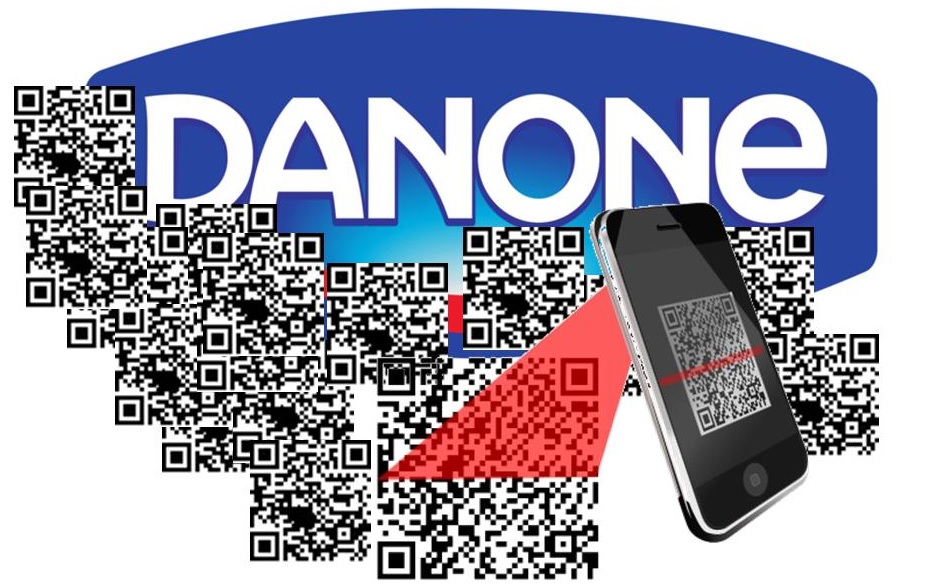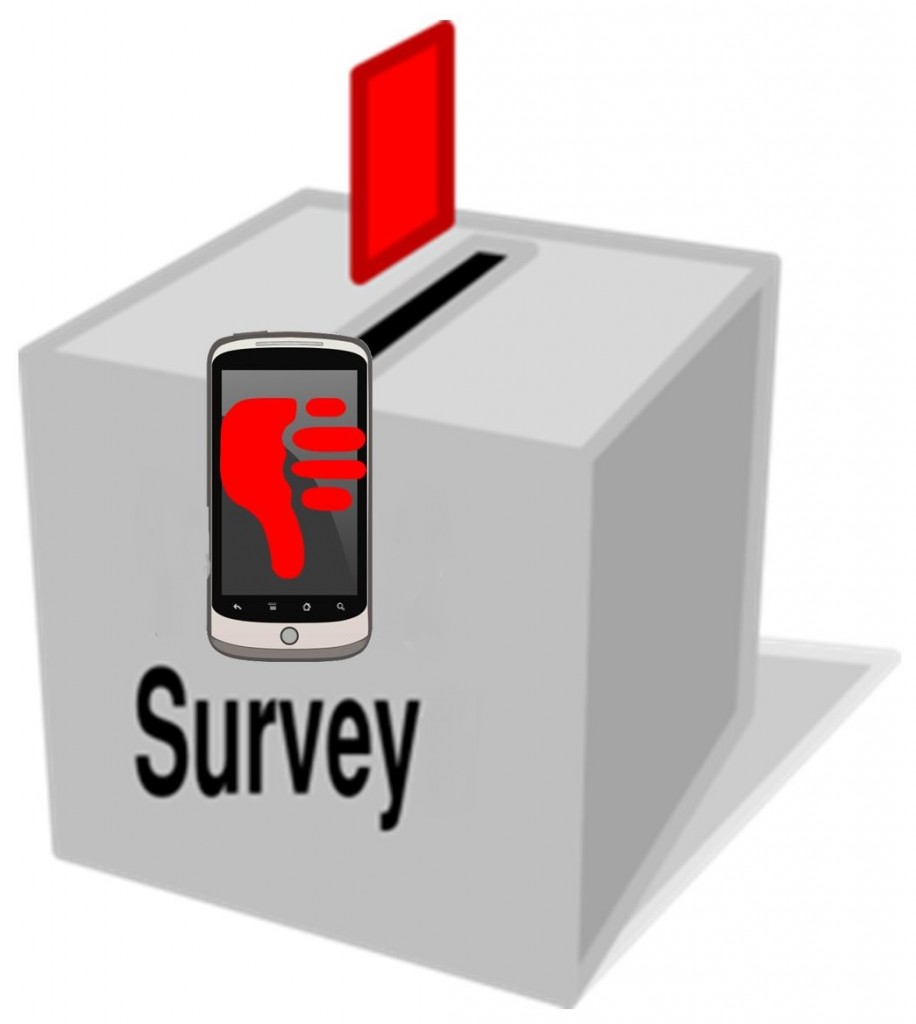A barcode using company is currently producing them at this rate every single day.
Danone, the seventh largest food group in the world, has announced that it is placing unique QR codes that can be scanned using smartphones onto each of the dairy products that it is selling in Spain.
The barcodes are the latest element of the loyalty program of the company, and it is hoped it will expand popularity.
When the QR codes are scanned by consumers using smartphones or tablets that have any free barcode reader app. By scanning, the customer is directed to the loyalty program at Danone. The hope is that by using this technique, the popularity of the program – which already has a very large number of followers – will expand greatly, and those who are members will interact more regularly.
Scanning the QR codes will provide consumers with an additional savings on a monthly basis.
 At the moment, there are over 2 million registered users with the loyalty and savings program from Danone. By scanning the QR codes, registered users are giving the ability to save up to $50 more per month on products sold by the company in Spain.
At the moment, there are over 2 million registered users with the loyalty and savings program from Danone. By scanning the QR codes, registered users are giving the ability to save up to $50 more per month on products sold by the company in Spain.
Danone predicts that it will be creating and printing 60 million QR codes every month, at a rate of 2 million per day. This is expected to be the largest project that uses these smartphone friendly barcodes in the entire world until now. This is a notable achievement considering that these black and white squares are rapidly becoming more popular among marketers and other mobile commerce participants.
Danone has announced that its investment into the QR code project is greater than $1 million. Therefore, many predictions have been made by experts in the industry regarding the way in which the company intends to recoup the expenditure. It is believed by many that registration and scanning the barcodes will provide the food company with a tremendous amount of consumer data that will be vital in their ability to engage consumers and market to them in an effective and highly targeted way. The increase in sales that could come of this will make the expense appear quite small, should it work as they are hoping.
The advertising options that are currently available are currently dissatisfying those behind the applications.
According to a recent survey conducted by Papaya Mobile, over 70 percent of app developers are not happy with the current mobile marketing options that are available to them to allow them to advertise.
The research also suggested that developers do not have a solid understanding of the benefits of the channel.
The AppFlood service provider stated in its report on its survey findings that most developers have not received a clear understanding of the benefits of mobile marketing channels, especially in terms of trust. They revealed that developers don’t have a great deal of faith in the trustworthiness of ad network providers.
The mobile marketing survey included the participation of over 1,000 app developers.
 The participants included large and small companies so that the Beijing based firm could obtain a better perspective on the state of mobile marketing and app monetization. What it found as that when it comes to advertising thorugh smartphones and tablets, there is a great deal of room for improvement in the eyes of the developers.
The participants included large and small companies so that the Beijing based firm could obtain a better perspective on the state of mobile marketing and app monetization. What it found as that when it comes to advertising thorugh smartphones and tablets, there is a great deal of room for improvement in the eyes of the developers.
The research also determined that cost was not the leading issue to be considered when selecting a mobile marketing partner. Instead, only 37 percent of the respondents said that it was most important, putting it in third place. Instead, the most important factor identified by the developers was the trustworthiness of the ad partner for charging a reasonable price in order to obtain strong results.
At the moment, there are so many different mobile marketing options available to developers that they are very confused as to which approach will be the best for their needs and expectations. Approximately 48 percent of the participants stated that the cost of acquisition was currently too high. The developers who had 15 or fewer employees were the ones who expressed the largest amount of disappointment in the experience, at 53 percent. Comparatively, only 33 percent of the developers with 50 or more employees felt the same way. Among all of the respondents, about 71 percent said that the ad networks had exaggerated their claims of eCPM.
 At the moment, there are over 2 million registered users with the loyalty and savings program from Danone. By scanning the QR codes, registered users are giving the ability to save up to $50 more per month on products sold by the company in Spain.
At the moment, there are over 2 million registered users with the loyalty and savings program from Danone. By scanning the QR codes, registered users are giving the ability to save up to $50 more per month on products sold by the company in Spain.
 The participants included large and small companies so that the Beijing based firm could obtain a better perspective on the state of mobile marketing and app monetization. What it found as that when it comes to advertising thorugh smartphones and tablets, there is a great deal of room for improvement in the eyes of the developers.
The participants included large and small companies so that the Beijing based firm could obtain a better perspective on the state of mobile marketing and app monetization. What it found as that when it comes to advertising thorugh smartphones and tablets, there is a great deal of room for improvement in the eyes of the developers.